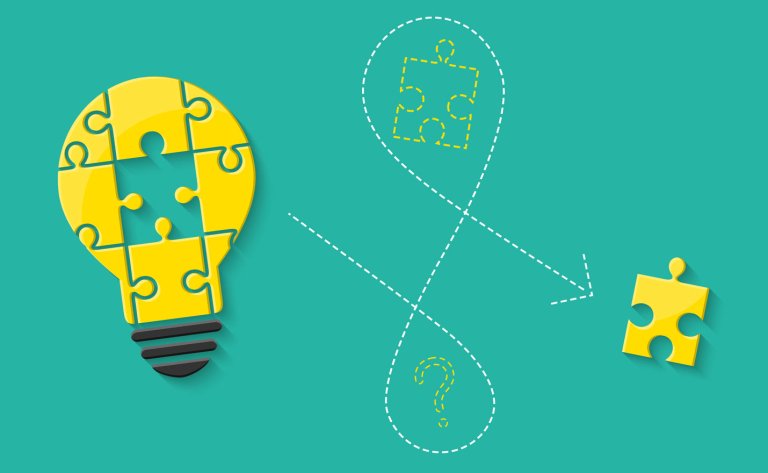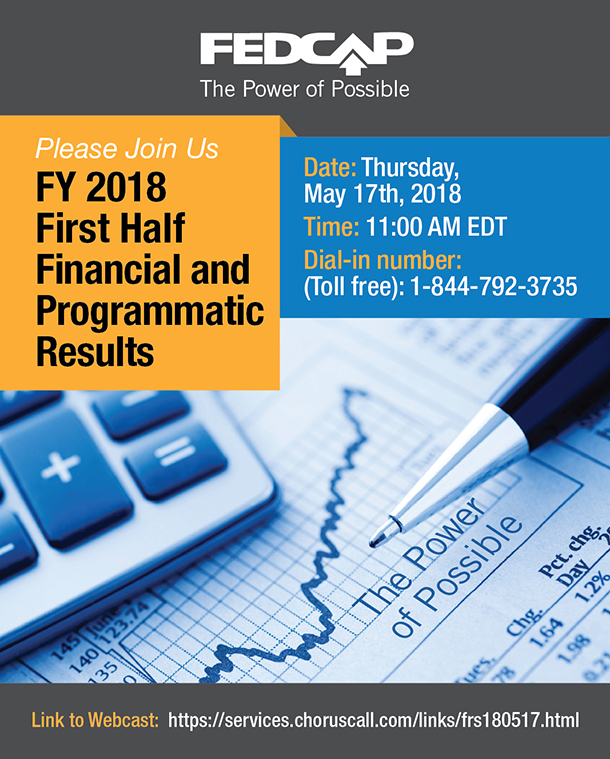The Case for Strong Onboarding
According to a recent Gallup study on employee engagement, 50% of Americans in the workforce would change jobs were they to find something more compelling. This is a challenging statistic given the cost of replacing an employee.
One solution—of many—to the turnover problem is the implementation of a strong and robust process of onboarding.
Many organizations assume that once an employee has gone through a day-long orientation, they are “onboarded.” At Fedcap, we disagree, and are currently working to design and implement a comprehensive year-long process of integration and acclimation to the mission, strategy, structure, and culture of our organization. To design this process, we asked a group of employees new to the agency to meet for 3 months in our virtual Innovation Garage.
This group of young talent researched, studied, conducted surveys, interviewed for-profit company leaders and eventually laid out the elements of a “Cadillac” onboarding process. They presented their work to our Executive Team with rave reviews; we are leveraging all of their work in our design process.
We know that strong onboarding will lead to better retention, motivation, and job satisfaction, which results in a committed, engaged, and loyal employee.
Just as Talent Acquisition is different from recruitment so is onboarding is different than orientation.
Onboarding is the process of bringing someone thoroughly into the agency, building their knowledge of the company and creating a sense of real connection to people and to mission.
Because we want to support employees in serving as ambassadors in the community, they must be fully oriented and understand their responsibility for risk management, and to bring their creativity in the name of continuous improvement, innovation, and engagement.
As employees, we want our voices to matter, we want to know what is expected of us, and we want to feel engaged. We want access to information and we want strong two-way communication throughout the organization. The groundwork for this kind of employee engagement rests in a strong onboarding process where our employees are inspired, supported, and compelled to create relevant, sustainable impact, and where they understand their role in creating the power of possible.
What are your onboarding practices that work?
I welcome your thoughts.










